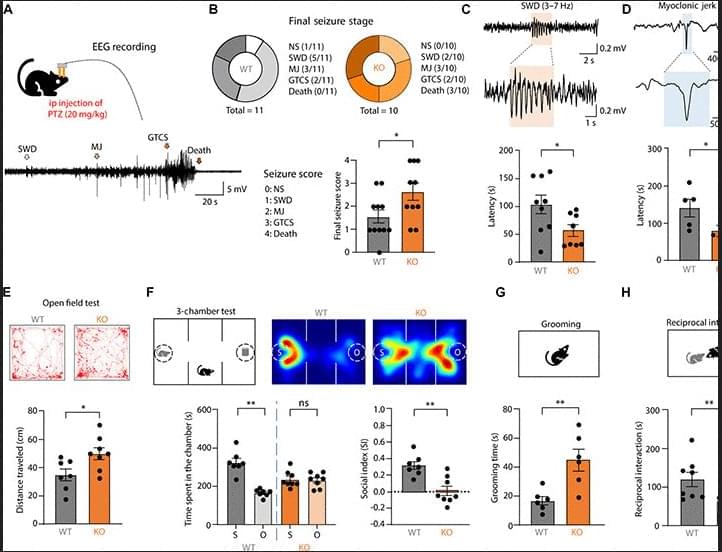Cats with dementia have brain changes similar to those of people with Alzheimer’s disease, offering a valuable model for studying the condition in humans, a study says.



With the intensification of global aging, the incidence of age-related diseases (including cardiovascular, neurodegenerative, and musculoskeletal disorders) has been on the rise, and cellular senescence is identified as the core driving mechanism. Cellular senescence is characterized by irreversible cell cycle arrest, which is caused by telomere shortening, imbalance in DNA damage repair, and mitochondrial dysfunction, accompanied by the activation of the senescence-associated secretory phenotype (SASP). In this situation, proinflammatory factors and matrix-degrading enzymes can be released, thereby disrupting tissue homeostasis. This disruption of tissue homeostasis induced by cellular senescence manifests as characteristic pathogenic mechanisms in distinct disease contexts. In cardiovascular diseases, senescence of cardiomyocytes and endothelial cells can exacerbate cardiac remodeling.
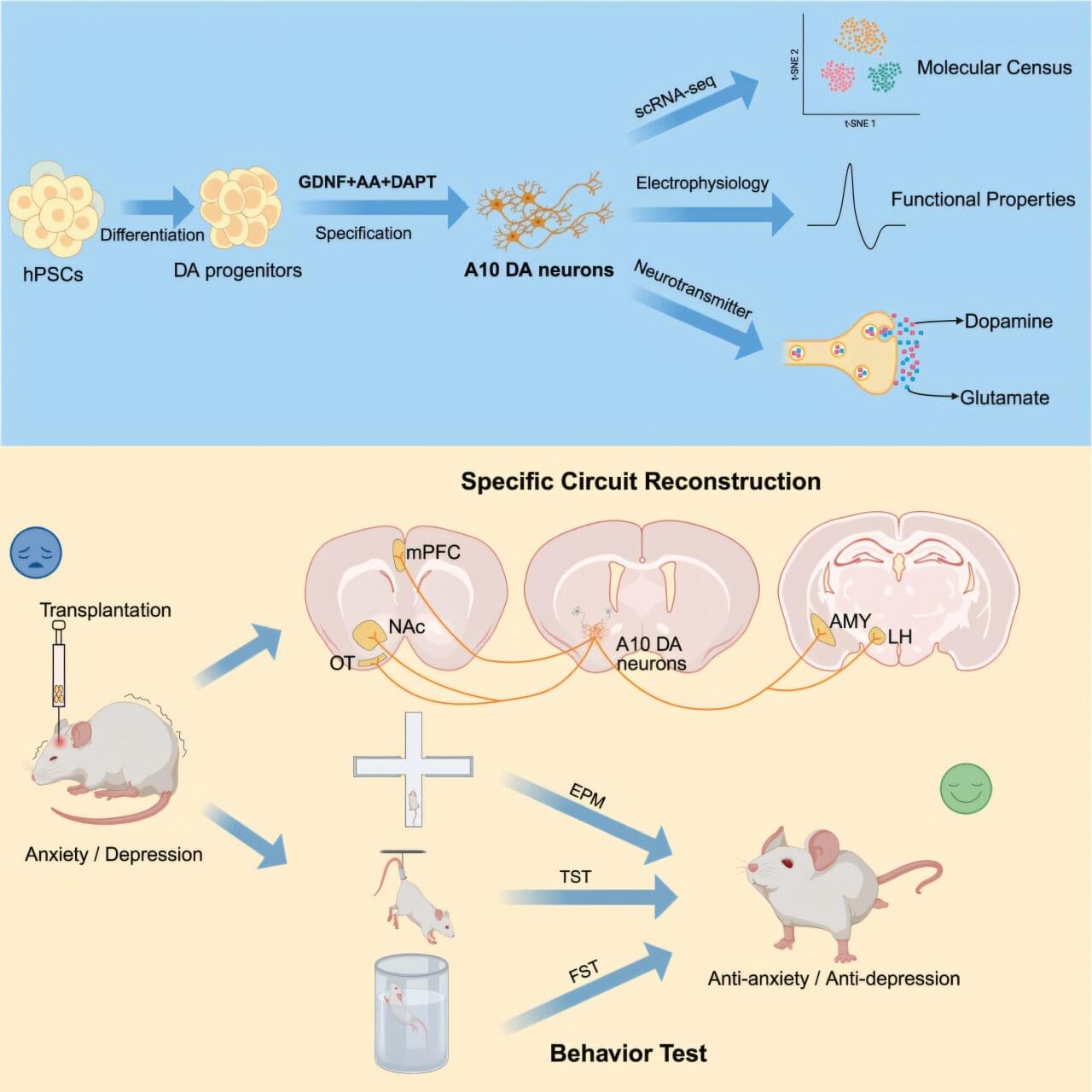
The Institute of Neuroscience, Chinese Academy of Sciences, reports that human stem cell-derived A10-like midbrain dopaminergic neurons integrate into mouse mesocorticolimbic circuits and suppress anxiety and depression behaviors upon activation.
Midbrain dopaminergic neurons regulate voluntary movement, reward, motivation, cognition, and emotions. A10 ventral tegmental area neurons connect with nucleus accumbens, amygdala, olfactory tubercle, and medial prefrontal cortex. Dysfunction of the A10 system is implicated in drug addiction, schizophrenia, and depression.
Human pluripotent stem cells enable fresh production of disorder-relevant neurons, with previous success in enriching A9 neurons for Parkinson’s disease therapy. Efficient differentiation of human A10 dopaminergic neurons remains elusive.


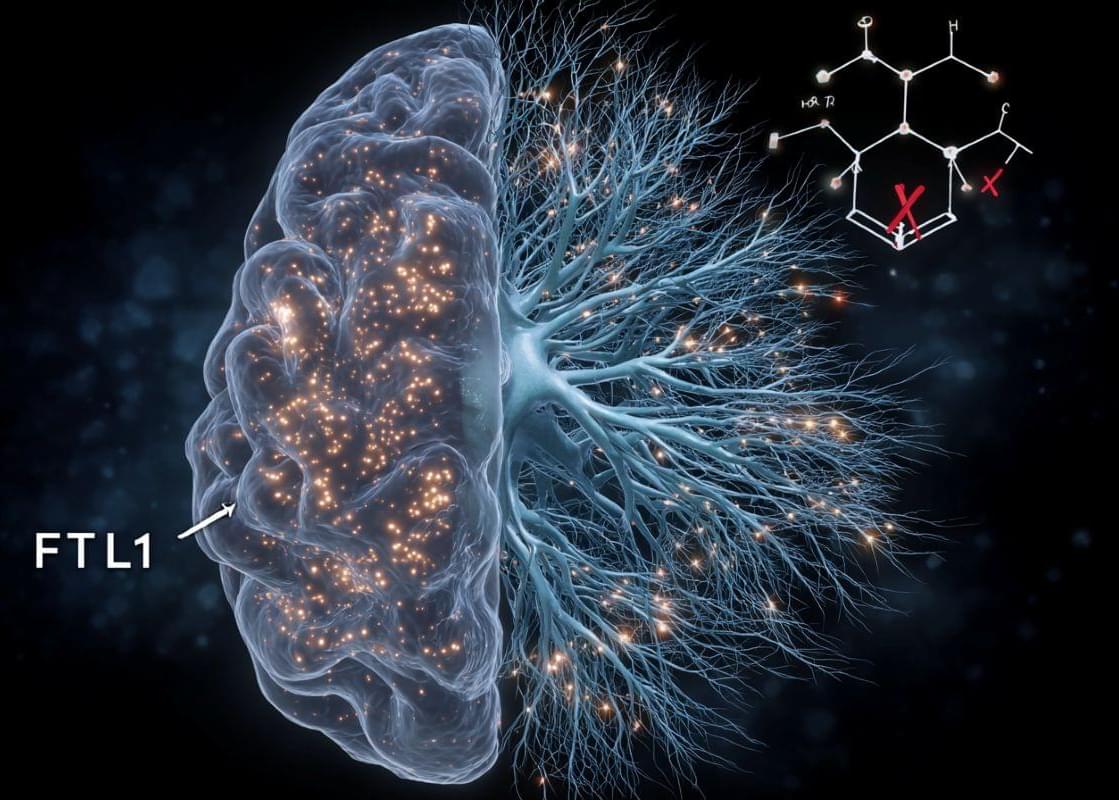
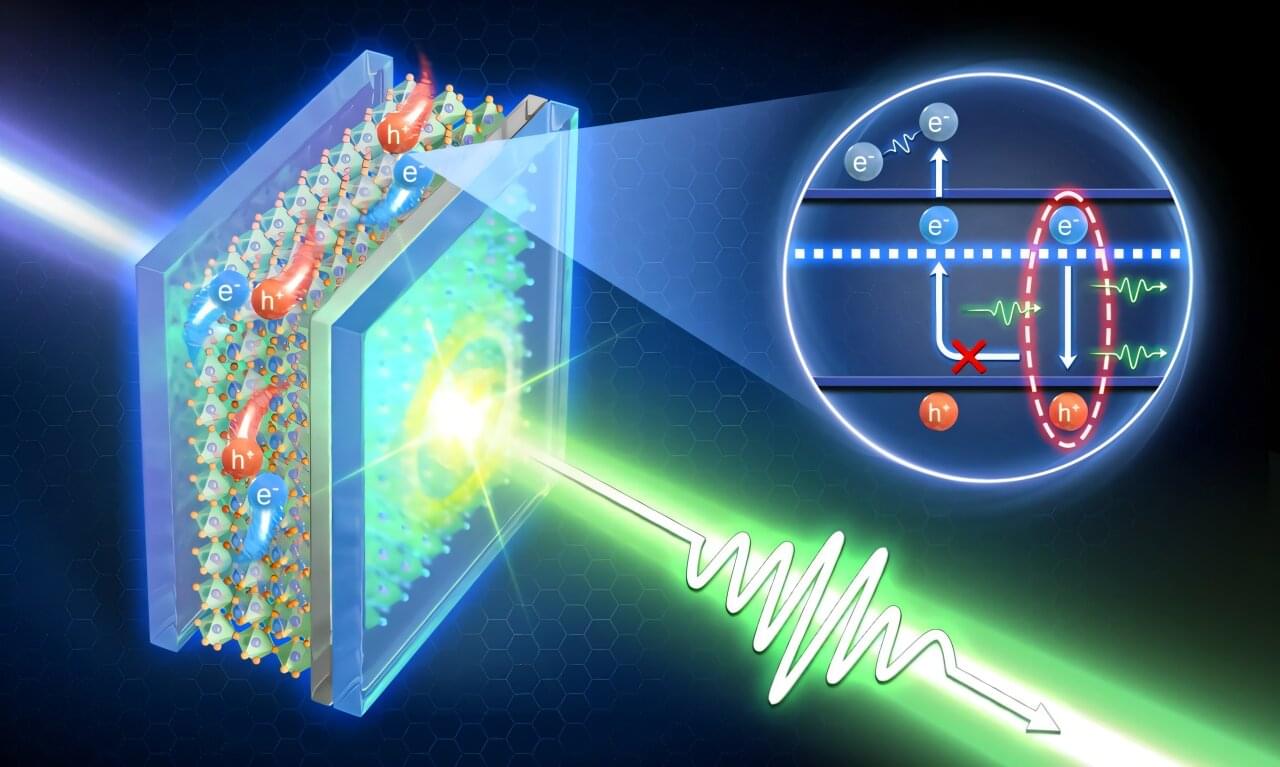
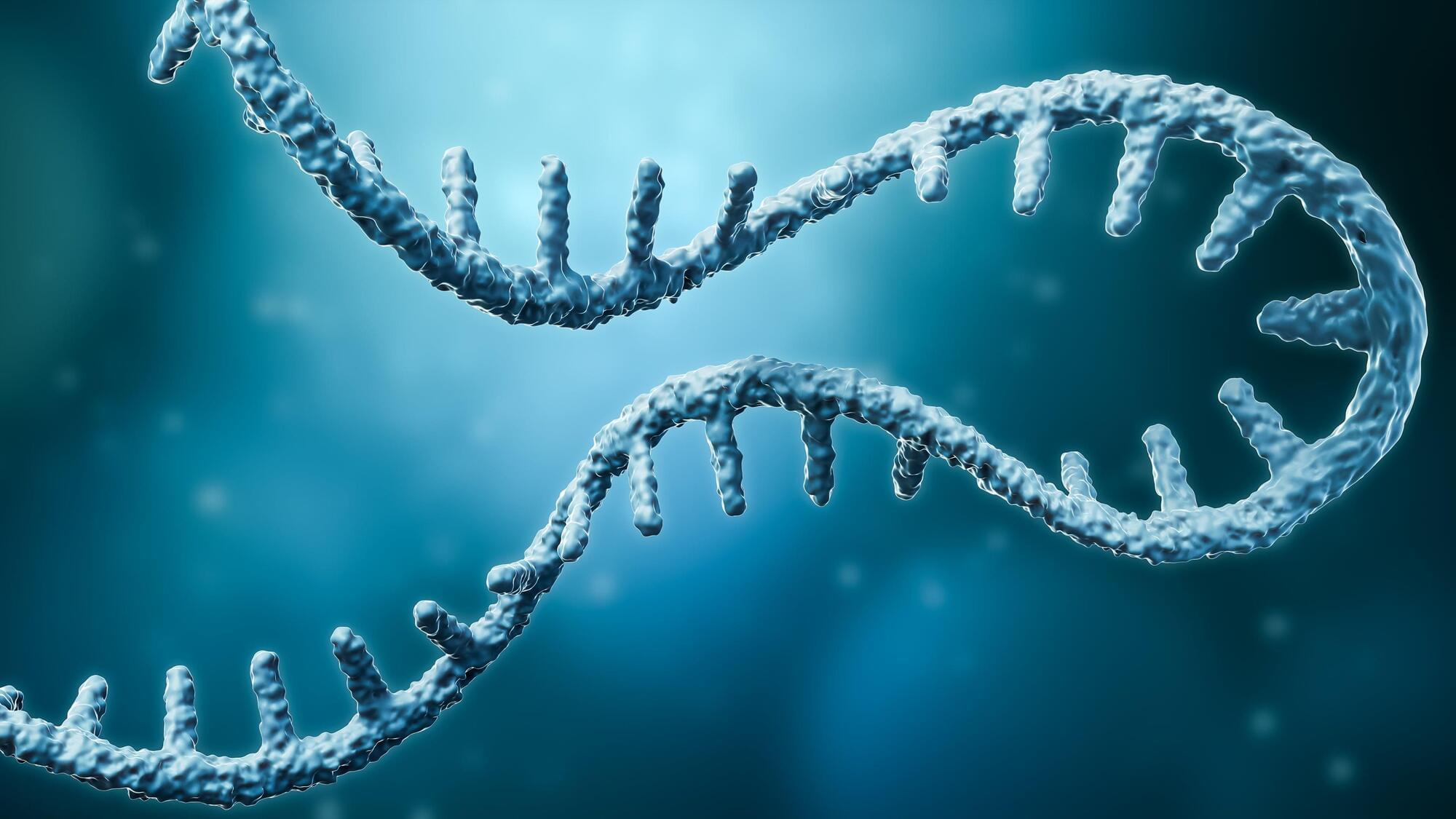
An innovative method that uses modified versions of a bacterial virus effective at delivering treatments to human cells shows promise as a more inexpensive and efficient way to treat some deadly genetic diseases. Researchers from the School of Pharmacy at the University of Waterloo use a modified version of a bacterial virus called M13 to target specific human cells while

LOS ANGELES — A new drug-releasing system, TAR-200, eliminated tumors in 82% of patients in a phase 2 clinical trial for individuals with high-risk non-muscle-invasive bladder cancer whose cancer had previously resisted treatment.
In the majority of cases, the cancer disappeared after only three months of treatment, and almost half the patients were cancer-free a year later.
“Traditionally, these patients have had very limited treatment options. This new therapy is the most effective one reported to date for the most common form of bladder cancer,” said Sia Daneshmand, MD, director of urologic oncology with Keck Medicine of USC and lead author of a study detailing the clinical trial results published in the Journal of Clinical Oncology. “The findings of the clinical trial are a breakthrough in how certain types of bladder cancer might be treated, leading to improved outcomes and saved lives.”#
